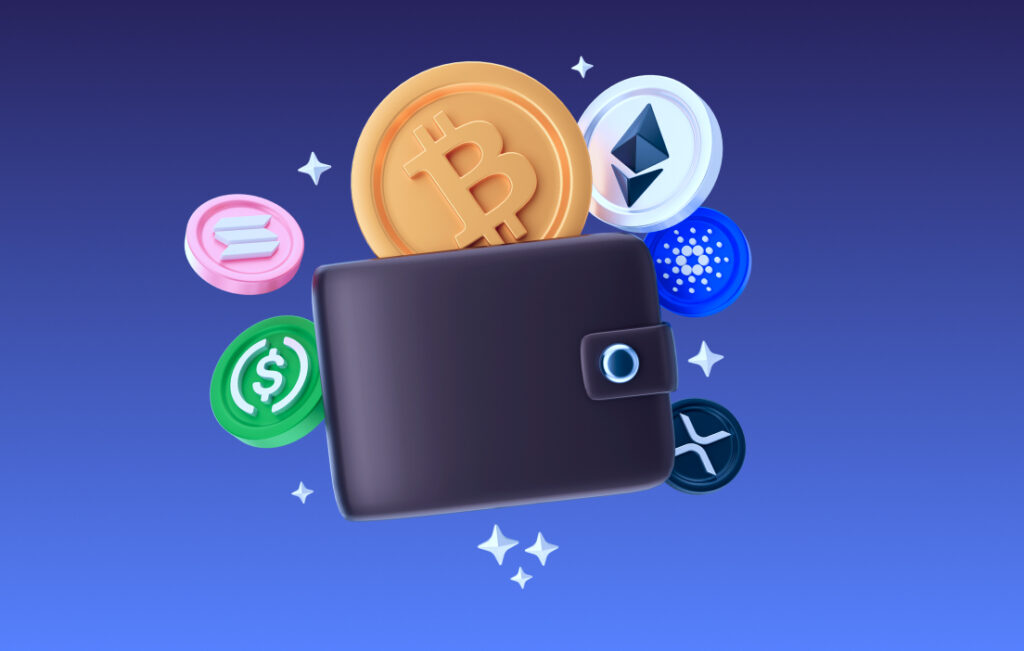In the world of cryptocurrency, one of the most important tools for managing your digital assets is a Ledger Live wallet. These digital wallets store the keys that allow you to access your cryptocurrency, send or receive transactions, and interact with blockchain-based applications. Understanding how a crypto wallet works is crucial to ensuring the safety and security of your assets.
What is a Crypto Wallet?
A crypto wallet is essentially a software program that stores your private keys and public keys, which are used to manage your cryptocurrency transactions. The wallet does not actually store your coins themselves, but instead, it holds the cryptographic keys that give you access to your assets on the blockchain.
There are two primary types of crypto wallets:
- Hot Wallets: These are connected to the internet and are more convenient for frequent transactions. They can be accessed from devices like smartphones or computers and are often provided by exchanges or third-party services.
- Cold Wallets: These are offline and provide more security. They are used for long-term storage of cryptocurrency and are less vulnerable to hacking attacks. Cold wallets include hardware wallets and paper wallets.
Key Features of Crypto Wallets
- Private Keys and Public Keys:
- Private Key: This is the most important aspect of a crypto wallet. It’s a secret key that allows you to access and control your cryptocurrency. Think of it as a password. If someone gains access to your private key, they can steal your assets.
- Public Key: This is like an account number that can be shared with others to receive funds. The public key does not need to be kept secret.
- Security: Most crypto wallets come with strong encryption and other security measures like multi-factor authentication (MFA) to prevent unauthorized access. However, security largely depends on how well you manage your private key.
- Ease of Use: Wallets vary in terms of user experience. Some are designed for beginners, with simple interfaces and easy-to-follow processes. Others are more complex, offering advanced features for seasoned crypto enthusiasts.
- Support for Multiple Cryptocurrencies: Many wallets support a range of cryptocurrencies, including Bitcoin, Ethereum, Litecoin, and others. Some wallets also allow for token storage from decentralized finance (DeFi) platforms or non-fungible tokens (NFTs).
Types of Crypto Wallets
- Software Wallets (Hot Wallets):
- Desktop Wallets: These are installed on a computer and provide control over the private keys. Examples include Exodus and Electrum.
- Mobile Wallets: These are apps installed on smartphones, such as Trust Wallet and MetaMask.
- Web Wallets: These wallets run in a web browser, often provided by exchanges like Coinbase or Blockchain.info.
- Hardware Wallets (Cold Wallets): Hardware wallets are physical devices that store private keys offline, offering enhanced security. Examples include:
- Ledger Nano S / X
- Trezor These wallets are ideal for those who want to keep their cryptocurrencies secure for the long term.
- Paper Wallets: A paper wallet is a physical printout of your private and public keys. It offers a high level of security because it is not connected to the internet. However, it can be lost or damaged, so it’s essential to keep it safe.
How to Use a Crypto Wallet
Using a crypto wallet typically involves the following steps:
- Setting Up the Wallet: After choosing your wallet, you need to download or purchase it and follow the setup instructions. During setup, you’ll generate a private key and backup phrase. It’s essential to store these securely, as losing them means losing access to your funds.
- Receiving Cryptocurrency: To receive crypto, you will share your public key (or wallet address) with the sender. The funds will then be transferred to your wallet.
- Sending Cryptocurrency: To send crypto, you will enter the recipient’s public key and confirm the transaction with your private key. Depending on the wallet, you may need to pay transaction fees (known as gas fees).
- Backup and Recovery: Many wallets offer a recovery phrase, which is a set of words that can be used to restore access to your wallet in case your device is lost or broken. Always keep this phrase secure and do not share it with anyone.


